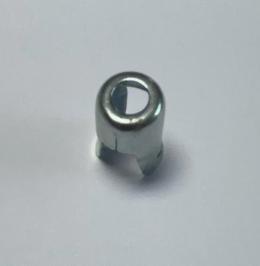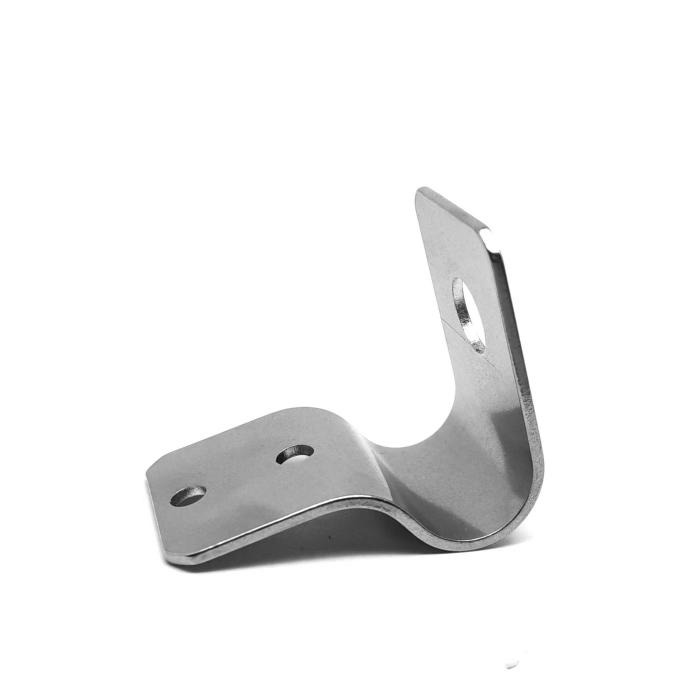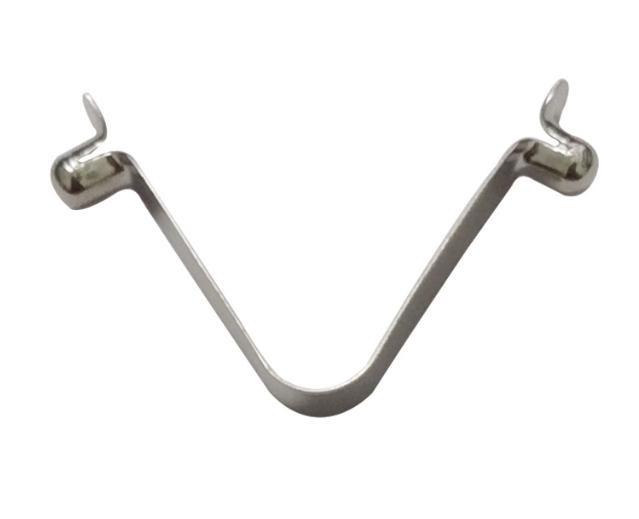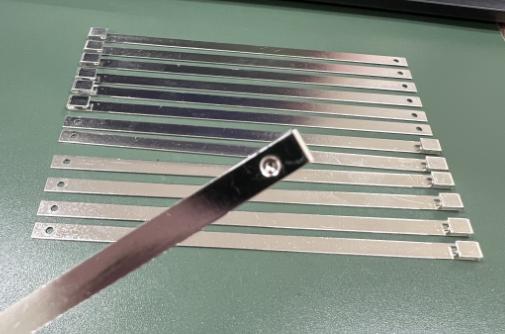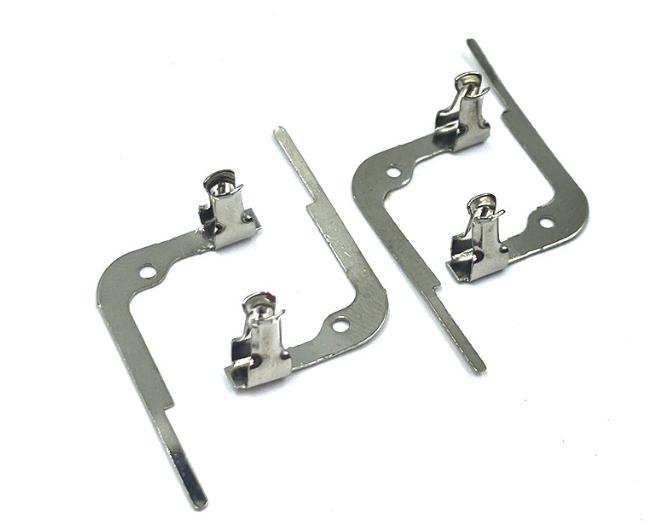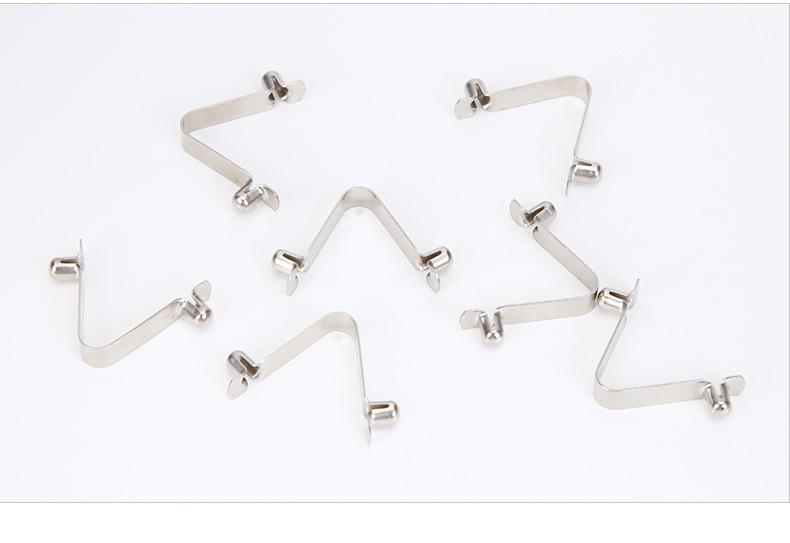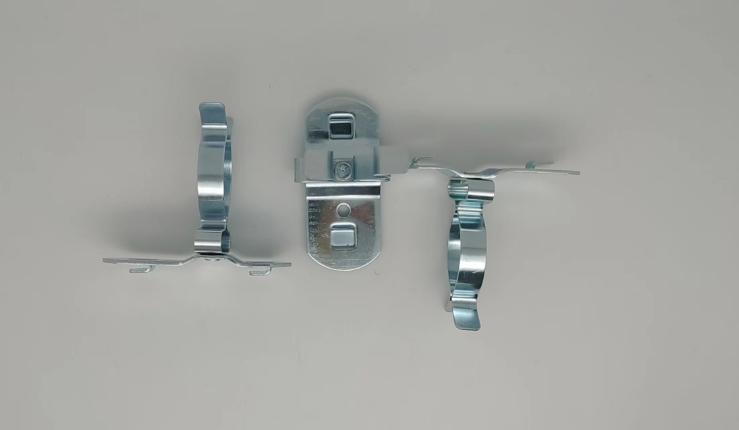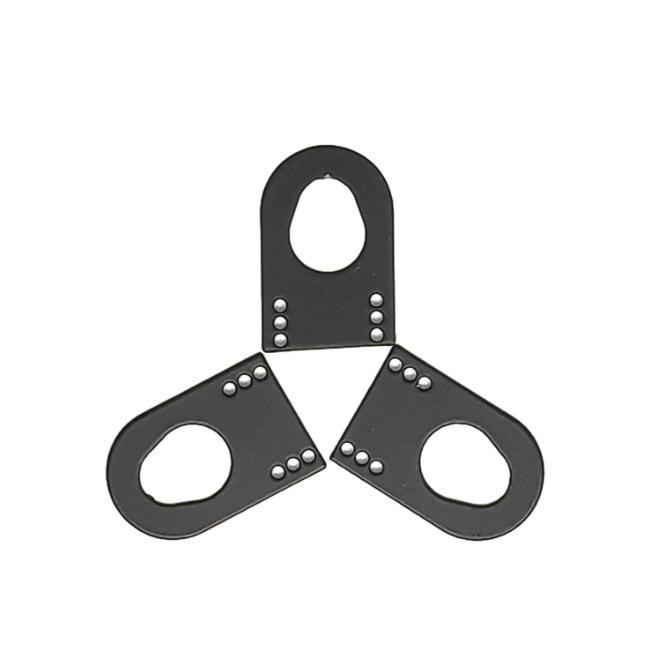How to Improve the Wear and Fatigue Resistance of Flat Spiral Springs? – 9 Practices
Table of Contents
The performance and longevity of flat spiral springs, depend largely on their resistance to wear and fatigue. These factors are critical for ensuring their durability and optimal operation, especially in applications where the springs are subjected to repetitive motion, high loads, or extreme environmental conditions. This article explores the factors that influence the wear and fatigue resistance of flat spiral springs and best practices for improving their durability in demanding applications.
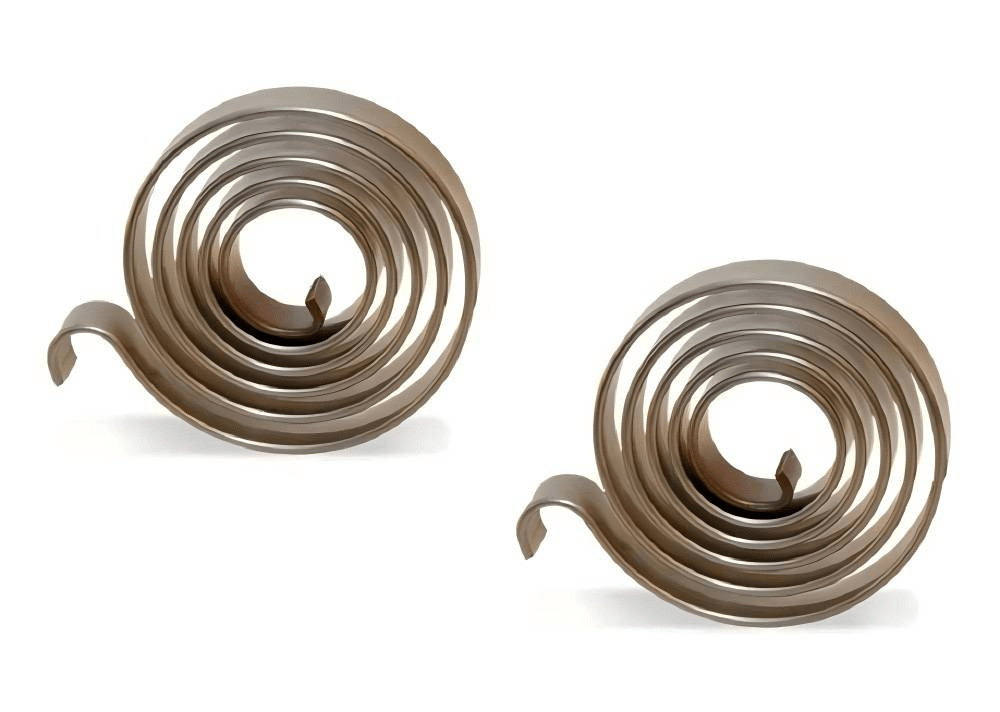
What are Flat Spiral Springs?
What are flat spiral springs? Flat spiral springs are mechanical components made from a flat, coiled strip of metal, typically spring steel, that is wound into a spiral shape. They store and release energy when subjected to tension or compression. These springs are designed to work in applications where a compact, energy-efficient solution is needed, such as in clocks, watches, automotive systems, and industrial machinery. Flat spiral springs are also known for their ability to provide a consistent and controlled force over multiple cycles of use.
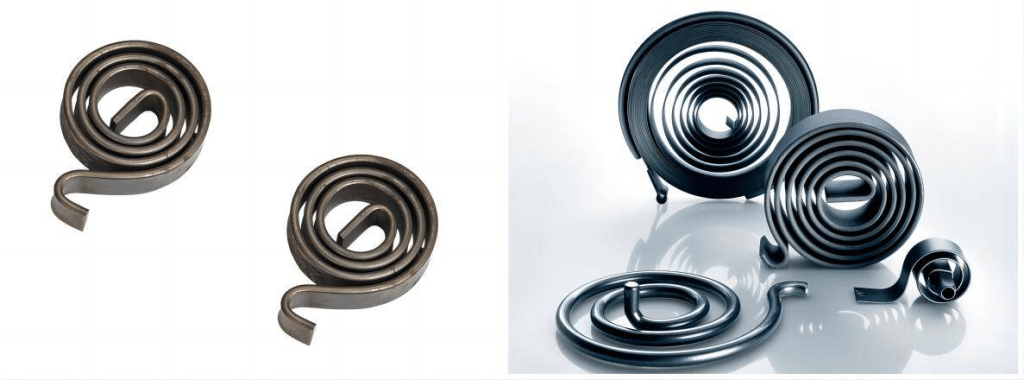
Understanding Wear and Fatigue Resistance of Flat Spiral Springs
Wear Resistance of Flat Spiral Springs
Wear resistance refers to a material’s ability to withstand surface degradation due to mechanical contact with other surfaces. In flat spiral springs, wear can occur when the spring comes into contact with rotating parts or external elements in the system. The resistance to wear is critical, especially in high-stress environments where springs are subjected to repetitive motion and friction.
Fatigue Resistance of Flat Spiral Springs
Fatigue resistance refers to the ability of a spring to withstand cyclic loading without failing. Springs are subjected to repeated stresses during their operation, and over time, these stresses can cause microscopic cracks to form, eventually leading to failure. Fatigue resistance is crucial for ensuring the longevity and safety of flat spiral springs in applications with high cyclic loading.
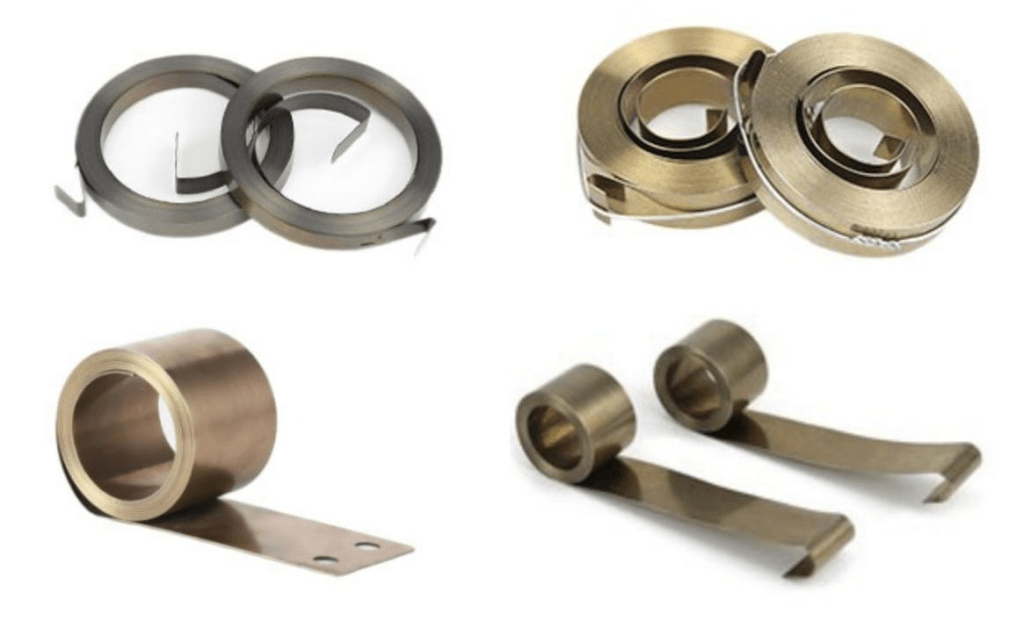
Best Practices for Enhancing Wear and Fatigue Resistance of Flat Spiral Springs
1. Material Selection
Choosing the right spring material is foundational in ensuring that flat spiral springs have both high wear and fatigue resistance.
- High-Quality Steel: Materials like high-carbon steel, stainless steel, and alloy steels are commonly used for flat spiral springs. These materials offer high tensile strength, making them less prone to wear and fatigue failure.
- Fatigue-Resistant Alloys: Alloys such as chrome vanadium or chrome molybdenum are designed to withstand cyclic stresses and provide high fatigue resistance.
- Corrosion-Resistant Materials: For springs exposed to harsh environments, materials with enhanced resistance to corrosion (e.g., stainless steel, phosphor bronze) should be selected.
2. Surface Treatments
This chart highlights various surface treatments that enhance the wear and fatigue resistance of flat spiral springs, detailing their specific benefits for improving longevity and performance in demanding applications.
| Surface Treatment | Description | Benefits |
| Shot Peening | A process of bombarding the surface with small, hard particles to introduce compressive stress. | – Prevents crack initiation – Increases fatigue life – Reduces surface wear |
| Surface Hardening (Nitriding) | A heat treatment process that diffuses nitrogen into the surface layer to increase hardness. | – Enhances surface hardness – Improves wear resistance – Reduces surface fatigue |
| Carburizing | A heat treatment method that adds carbon to the surface of low-carbon steel, followed by quenching. | – Increases surface hardness – Improves wear resistance – Enhances fatigue strength |
| Chromium Plating | A coating of chromium is applied to the surface through electroplating. | – Provides corrosion resistance – Increases hardness – Improves wear resistance |
| Nickel Plating | A coating of nickel applied through electroplating, often combined with a phosphorous or boron layer. | – Provides excellent corrosion resistance – Improves wear resistance – Enhances surface smoothness |
| Phosphating | Application of a phosphate coating that provides a corrosion-resistant layer on the spring surface. | – Reduces friction – Enhances lubrication properties – Offers mild corrosion protection |
| Black Oxide Coating | A conversion coating that forms a protective oxide layer on the surface. | – Provides mild corrosion protection – Improves surface smoothness – Increases fatigue resistance |
| CVD (Chemical Vapor Deposition) | A process where chemical reactions occur at the surface, depositing a thin film of material (e.g., diamond-like carbon). | – Enhances surface hardness – Reduces friction and wear – Improves fatigue life |
| Electropolishing | A chemical process that smooths the surface by removing a thin layer of material through electrolysis. | – Improves surface finish – Reduces surface roughness – Enhances fatigue and wear resistance |
| Coating with PVD (Physical Vapor Deposition) | A vacuum process that deposits a thin film of material (e.g., titanium nitride or tungsten carbide) on the surface. | – Increases hardness – Enhances wear resistance – Provides a smooth, low-friction surface |
3. Design Optimization
Proper design is essential for minimizing stress concentrations and enhancing the spring’s fatigue and wear resistance.
- Smooth Transitions: Avoid sharp edges or notches, as these areas can become stress concentrators, leading to premature fatigue failure. Smooth, continuous curves in the design help distribute stresses more evenly across the spring.
- Spring Geometry: Properly dimensioning the thickness, width, and coil radius ensures that the spring can handle the required loads without excessive strain. Too thin a spring can bend or break under load, while a thicker spring may lead to unnecessary weight and stiffness.
- Stress Distribution: Design springs in such a way that the loads are evenly distributed throughout their length. Uniform stress distribution reduces localized wear and extends fatigue life.
4. Lubrication
Lubrication plays a significant role in reducing friction and minimizing wear.
- Use of Appropriate Lubricants: Ensure that the spring is adequately lubricated during its operation. Oils or greases with high thermal stability are ideal for applications with high temperatures or high loads. Lubricants reduce friction, preventing the wear of the spring’s surface and its mating parts.
- Regular Maintenance: Regular checks and replenishing of lubricants help maintain the protective layer and ensure smooth operation of the spring, reducing wear caused by friction.
5. Environmental Protection
Environmental conditions, such as temperature extremes, moisture, or corrosive agents, can significantly affect the wear and fatigue performance of flat spiral springs.
- Environmental Coatings: Use corrosion-resistant coatings for springs operating in harsh or corrosive environments (e.g., marine applications). Coatings like zinc or epoxy can prevent corrosion and enhance the longevity of the spring.
- Seals and Protective Covers: For springs that operate in dusty or dirty environments, consider using protective covers or seals that prevent contaminants from causing wear.
6. Preventive Maintenance
Regular maintenance can significantly extend the life of flat spiral springs by catching early signs of wear or fatigue before they lead to failure.
- Inspection for Wear and Cracks: Regularly inspect the springs for signs of surface wear, cracks, or deformation. Early detection of these issues can prevent unexpected failures and allow for timely replacements or repairs.
- Load Monitoring: Monitor the loads and stress levels that the spring is subjected to. Avoid overloading the spring, as this can lead to both wear and fatigue failure. Proper load management ensures that the spring operates within its design specifications.
7. Stress Relief
Reducing internal stresses within the spring can help prevent fatigue failure.
- Heat Treatment: After the spring is formed, stress-relieving heat treatments can be applied to reduce residual stresses, which may otherwise lead to early fatigue failures. This process improves the overall structural integrity of the spring.
- Slow Loading: For springs subjected to high cyclic stresses, introducing slow loading or gradual application of load can help reduce sudden stress spikes, minimizing the risk of fatigue failure.
8. Testing and Simulation
Before finalizing the design and material selection, it is essential to test and simulate the spring’s performance under expected operating conditions.
- Fatigue Testing: Perform cyclic testing on flat spiral springs to simulate real-world conditions. This helps in understanding how the spring will behave under repeated loading and identifying potential points of failure.
- Wear Simulation: Use wear simulation software to model how the spring will behave over time. This can help in designing springs with improved resistance to wear by identifying areas where friction will be high and suggesting design improvements.
9. Quality Control
Maintaining stringent quality control during the spring manufacturing process ensures that flat spiral springs meet the required specifications for wear and fatigue resistance.
- Dimensional Accuracy: Ensure that the springs are manufactured to precise dimensions and tolerances. Variations in size or shape can result in uneven stress distribution, leading to accelerated wear and premature fatigue failure.
- Material Testing: Perform material testing to ensure that the selected alloys meet the necessary standards for both wear and fatigue resistance. Batch testing can confirm the material’s integrity before the springs are used in production.

Through following these best practices for material selection, surface treatments, design optimization, lubrication, stress relief, etc, the wear and fatigue resistance of flat spiral springs can be significantly improved. Implementing these measures will not only extend the lifespan of the flat spiral springs but also improve the reliability and safety of the systems in which they are used.

